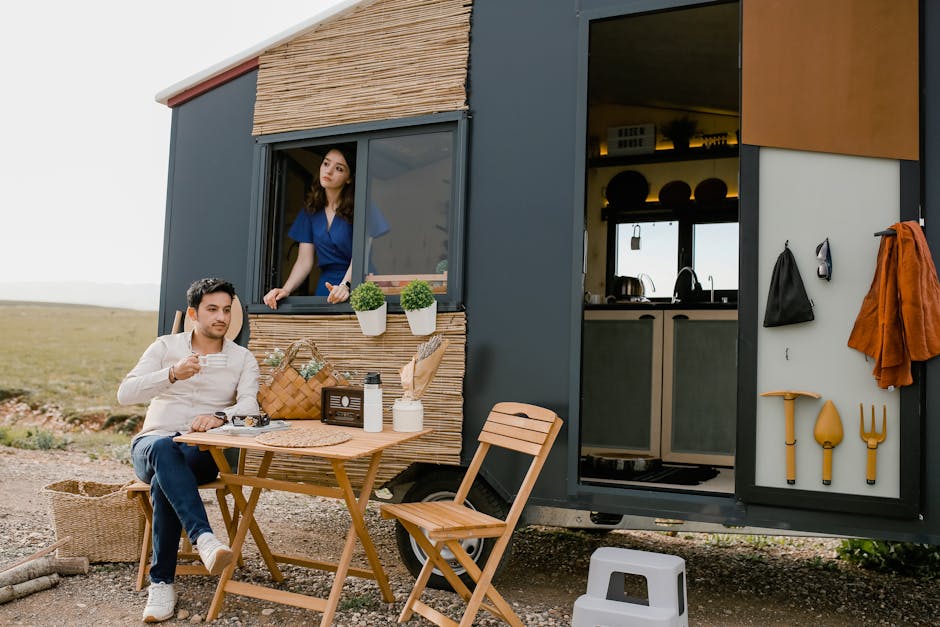Coffee Basics for Beginners at Home: A Comprehensive Guide
Coffee lovers around the world agree: there’s something uniquely satisfying about brewing a fresh cup of coffee at home. If you’re new to the world of coffee, embarking on this journey can be both exciting and overwhelming. But fear not! In this guide, we’ll explore the Coffee Basics for Beginners at Home, ensuring you can navigate this aromatic landscape with confidence.
Why Brew Coffee at Home?
Before diving into the specifics, let’s discuss the perks of brewing your own coffee. Making coffee at home not only saves you money, but it also gives you the freedom to experiment with different flavors, techniques, and brewing methods. Plus, there’s nothing quite like the smell of fresh coffee that fills your kitchen in the morning!
Understanding Coffee Beans
The first step in your home coffee brewing journey is understanding coffee beans. Coffee is made from the seeds of the Coffea plant, and these seeds are often called beans. There are two primary types of coffee beans to consider:
-
Arabica: Known for its smooth, mild flavor, Arabica beans make up about 60-70% of the world’s coffee production. They are often more expensive due to their delicate growing conditions.
-
Robusta: Robusta beans have a stronger, more bitter taste and contain more caffeine than Arabica. They are generally less expensive and are often used in espresso blends.
When selecting beans, look for freshness. Coffee beans begin to lose their flavor shortly after roasting, so try to purchase beans that have been roasted recently.
Grinding Your Coffee
Once you’ve selected your beans, the next step in the Coffee Basics for Beginners at Home is grinding. The grind size is crucial because it affects the brewing time and the coffee’s flavor. Here are some common grind sizes:
-
Coarse Grind: Perfect for methods like French press or cold brew, where the coffee grounds steep in water for longer periods.
-
Medium Grind: Ideal for drip coffee makers and pour-over methods.
-
Fine Grind: Best for espresso machines, where hot water passes through tightly packed coffee quickly.
Invest in a quality burr grinder for the best results. Blade grinders can produce uneven coffee grounds, resulting in an inconsistent flavor.
Brewing Methods
Now that you’ve got your beans and your grinder, it’s time to explore brewing methods. Each technique can yield a different flavor profile, so feel free to experiment. Here are some popular brewing methods suitable for Coffee Basics for Beginners at Home:
1. French Press
What You Need: Coarse ground coffee, hot water, French press.
- Add roughly one ounce (28 grams) of coffee for every 16 ounces (475 ml) of water.
- Add hot water, stir gently, and let it steep for about 4 minutes.
- Press the plunger down slowly to separate the grounds, and pour.
2. Pour-Over
What You Need: Medium grind coffee, hot water, pour-over dripper (like a V60), and filter.
- Place the filter into the dripper and add coffee (1 ounce per 16 ounces of water).
- Pour a small amount of hot water over the coffee to let it bloom for about 30 seconds.
- Slowly pour the remaining hot water over in a circular motion to extract flavors.
3. Drip Coffee Maker
What You Need: Ground coffee (medium), paper filters, and a drip coffee maker.
- Use the same coffee-to-water ratio (1 ounce for 16 ounces of water).
- Add water to the reservoir and turn on the machine.
4. Espresso Machine
What You Need: Fine grind coffee, espresso machine.
- Use about 1 ounce of coffee for a double shot.
- Pack the grounds into the portafilter tightly, lock it into the machine, and brew.
Coffee Ratios
One of the essential Coffee Basics for Beginners at Home is learning the coffee-to-water ratio. A general guideline is using a ratio of 1:16 (one part coffee to 16 parts water). Adjusting this ratio will allow you to create your perfect cup depending on your taste preferences.
Storing Your Coffee Beans
To retain the freshness of your coffee beans, proper storage is essential. Keep them in an airtight container, preferably in a cool, dark place away from direct sunlight and moisture. Avoid storing coffee in the fridge or freezer, as condensation can alter the flavor.
Frequently Asked Questions (FAQs)
1. How do I choose the right coffee?
Your choice depends on your taste preferences. Start with Arabica beans for a smoother flavor. Try different varieties until you find one you enjoy most.
2. Can I use flavored coffee beans?
Yes! Flavored coffee beans can add a fun twist to your brewing experience. Just be careful not to overdo it, as artificial flavors can sometimes overpower the natural taste of the coffee.
3. What is the best water temperature for brewing?
The ideal water temperature for brewing coffee is between 195°F and 205°F (90°C – 96°C). Water that’s too hot can burn the coffee, while water that’s too cool won’t extract the full flavors.
4. How long should I brew my coffee?
Brewing time varies by method. For example, a French press typically brews for 4 minutes, while espresso machines only take about 25-30 seconds.
5. How often should I clean my coffee equipment?
Regular cleaning of your coffee brewing equipment is essential to prevent old coffee oils from affecting the flavor. Clean your equipment at least once a month or more frequently, depending on usage.
Conclusion
With this guide to Coffee Basics for Beginners at Home, you can confidently embark on your coffee brewing journey. From selecting the right beans and mastering grind sizes to exploring various brewing methods, the world of coffee is vast and filled with opportunities for experimentation. So grab your beans, experiment with different techniques, and, most importantly, enjoy the process! Happy brewing!


